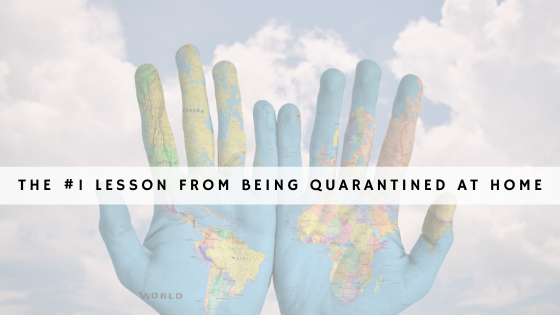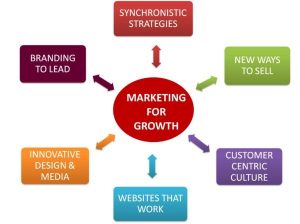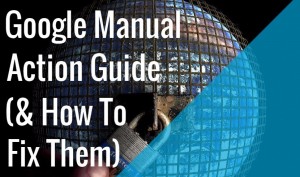
No, it’s not stocking up on toilet paper, masks, or alcogel. It’s not even to get ready for the worst situation possible. It’s not buying zoom stocks or BioMed stocks. It’s not about our relationship with China and not about public safety. It’s about us and how we communicate. Applying this one lesson will make everything we do easier. We can improve the way we communicate, we can influence better and easier, we can create new relationships faster and in a more meaningful way.
As a leadership coach at Intel, I work with many managers. In conversations with managers some have told me how much they miss people around them and it is weird to communicate through the skype all day long. There is an unseen magic the two people communicate face to face. We haven’t noticed the need for connection until it was taken from us.
Usually marketers are experienced communicators. Covid-19 created an opportunity to communicate in a better way, not just because we have changed but because our audiences have changed. Let’s examine how.
When we first were forced to stay at home, our regular life routines were interrupted, the fear of the unknown took over many. How else can you explain people howling toilet paper? For a week we were ok, maybe two. Then, when the understanding that the quarantine can take months took place, we started to feel uncomfortable. It’s not just the fear for our job, the fear of the unknown. It was also the need to communicate and be around people.
Two months ago, If I asked all of the leaders I ever coached how they feel in front of a camera, I’m pretty sure 90% of them would feel highly uncomfortable. (May 05, 2020), I spoke with my partner on skype using only audio. After ten minutes into the call, we reflected on how weird it is to have only a “phone call” and not using video after we have used video in so many meetings and zoom events in the past month. Just a “phone call” felt weird and disconnected. We have all changed!
The required quarantine helped us discover our need for human connection, out need to be heard to feel that we belong. Feeling alone, people re-created their businesses using online tools, attended late night parties, exercised and attended lectures, birthdays and weddings, all virtual. Human interaction and our need to share experiences together is stronger than anything else in our life. This is in line with the Adlerian theory that all of our actions are driven from the need to feel that we belong. It is the same need that makes us run home and tell our loved ones when something good has happened or call our best friend when bad things happen. We need to share our world, be heard and accepted.
When the need to connect is amplified, we have an opportunity as communicators to tune into this need in a deeper and more meaningful way. Here are some practical ways to practice our relationship building and improving our communications:
Listen to reflect
When we listen to reflect, as opposed to listen to respond, or listen to solve, we give the other person a feeling that they are heard and that we understand what they say. To practice that, begin your sentence with “It sounds like” or “It looks like”. For example, if your client tells you “I’m so busy, I don’t have a lot of time” reflect and say “It sounds like you’re under a lot of pressure. I’ll make it short so you can go and take care of the most important things to you. Maybe I can even help you with it if they are relevant to our conversation”
Listening with the purpose of reflecting trains us to listen in a much deeper way. With time, you will hear what is said between the lines. It quiets our inner conversation and bias and opens us to a new level of listening.
People judge based on actions, not intent.
There are many stories of deals that were signed with a handshake. Those are based on mutual trust.
The fastest way to build trust is to declare your intent. If you don’t declare it upfront, the person in front of you will fill that space with their own interpretation of your intent. For example: “I wanted to speak with you because I left our last call with a strange feeling that something was not right. I care about our relationship and I wanted to learn if I have done something wrong”
Communicate with a person, not with a role
Remember that people are more than their role. They have experiences, opinions, stories of hardships, joy and pain. They can tell you stories about the challenges they experienced. Just like you can. When communicating with others, share as much as you can about yourself and let them an opportunity to get to know you beyond your role, they will in return share with you about themselves if they feel safe. In one of my management roles, our main customer was a tough person to work with. He run his group and technical domain without anyone to challenge him. When I came on board, I scheduled some time with him and was curious about his role and about who he was. I soon discovered he served in the Israeli army reserve duties in roles I was familiar with. We very fast turned to share our stories from our army service and found many shared experiences. Very fast we became good friends and our business relationships was very efficient. It doesn’t mean he didn’t give me and my team a hard time. He did, but it was always in a friendly way and focused on the technical details and requirements. Finding what we share together created a bond that supported the business.
Final thoughts,
We all want to belong, to communicate with others, and share our experiences. Understanding that we all share the same basic needs and that especially today, more than ever, we’re looking for human connection, creates an opportunity to strengthen our relationships, to communicate in a deeper way. Improving our communication skills can create better opportunities for everyone, both in business and in life.
What have you learned about human connection in the last month?
Business & Finance Articles on Business 2 Community
(46)







